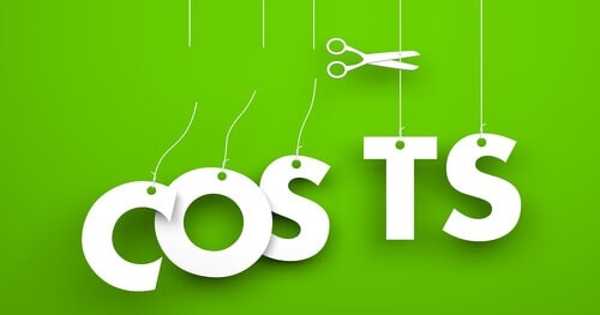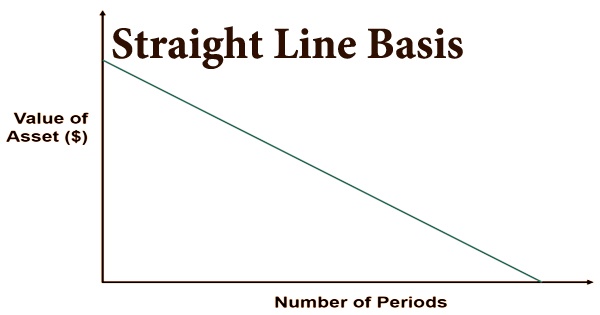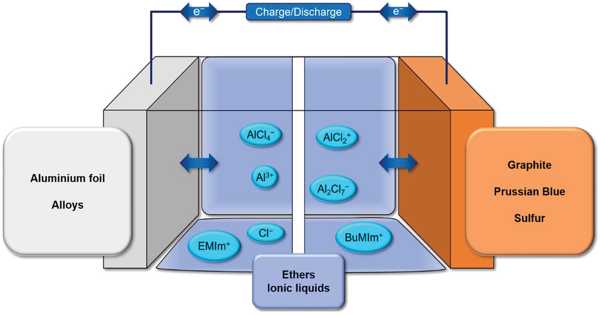A cost-cutting strategy is a proactive approach to reducing spending. Cost reduction is the elimination of excess or unnecessary costs in the production and operation processes through the use of various methods and techniques. It is defined as the achievement of a real and permanent reduction in the unit cost of goods manufactured or services rendered without compromising their suitability for the intended use or lowering product quality. A cost-cutting strategy is a proactive approach to reducing spending.
There are several tools and techniques such as just in time system, activity based management, target costing, total quality management etc. used for the purpose of cost reduction.
The following are the widely used techniques of cost reduction:
- Just-In-Time (JIT) System
The primary goal of JIT is to produce the required items in the required quality and quantity at the precise time required. Demand-pull enables a company to produce only what is required, in the correct quantity and at the correct time. JIT purchasing is required for items that have high carrying costs due to holding a large inventory level. Because of the frequent ordering of small quantities, the purchasing system reduces the investment in inventories.
- Target Costing
Target costing refers to the design of a product and the processes used to manufacture it so that it can be manufactured at a cost that allows the firm to profit when the product is sold at an estimated market-driven price. Take a look at all of the data for expenses. You should create a snapshot as well as an itemized list of your expenses. This will assist you in determining where your money is going. This is frequently a quick way to identify waste. This estimated price is referred to as the target price.
- Activity Based Management (ABM)
Activity based management is the use of activity based costing to improve operations and to eliminate non-value added cost. The main goal of ABM is to identify and eliminate non-value added activities and costs.
- Life Cycle Costing
Life cycle costing estimates and accumulates costs over a product’s entire life cycle to determine whether the profits earned during the manufacturing phase will cover the costs incurred during the pre- and post-production stages. Before you can look at ways to cut costs, you must first set realistic goals. This allows you to quickly determine the success of your initiatives. Specific and detailed goals should be set. In addition, you must establish milestones for measuring progress.
- Business Precess-re-engineering
Re-engineering is the complete redesign of a process with an emphasis on finding innovative new ways to achieve a goal. The goal of business process re-engineering is to improve an organization’s key business processes by focusing on simplification, cost reduction, improved quality, and increased customer satisfaction. It is a fundamental tenet of value engineering that basic functions should be preserved rather than reduced as a result of pursuing value improvements.
- Total Quality Management (TQM)
All business functions are involved in a process of continuous quality improvement under the TQM approach. It is the ongoing process of detecting and reducing or eliminating manufacturing errors, streamlining supply chain management, improving the customer experience, and ensuring that employees are trained to the highest standards.
- Value chain
Value chain analysis is a technique for increasing customer satisfaction while also managing costs more effectively. The value chain is a linked set of value-creating activities that extends from the sources of basic raw materials to component suppliers to the final end-use product or service delivered to the customer.
- Bench Marketing
Bench marketing is the ongoing search for the most efficient way to complete a task by comparing existing methods and performance levels with those of other organizations or sub-units within the same organization.
- Management Audits
Management audits, also known as performance audits, can help to reduce costs in both for-profit and non-profit organizations. Management audits are designed to assist management in performing better by identifying waste and inefficiency and recommending corrective action.
















